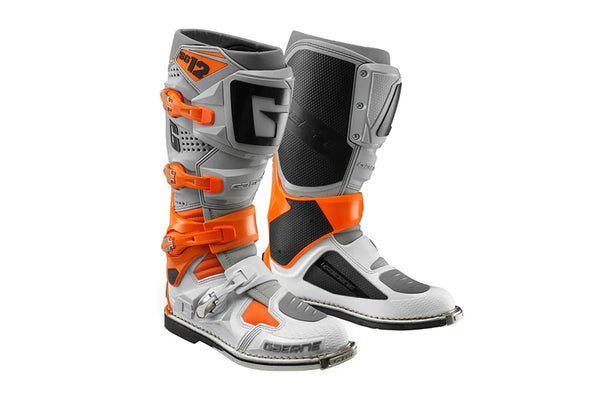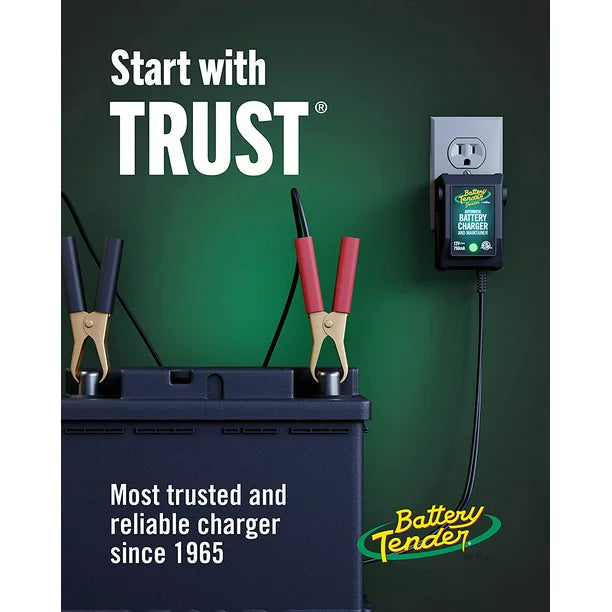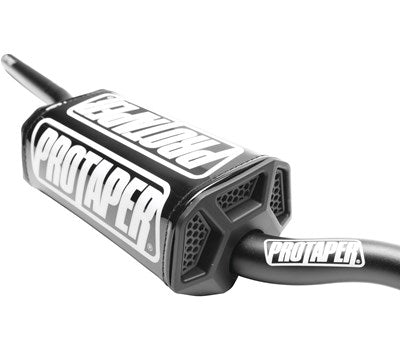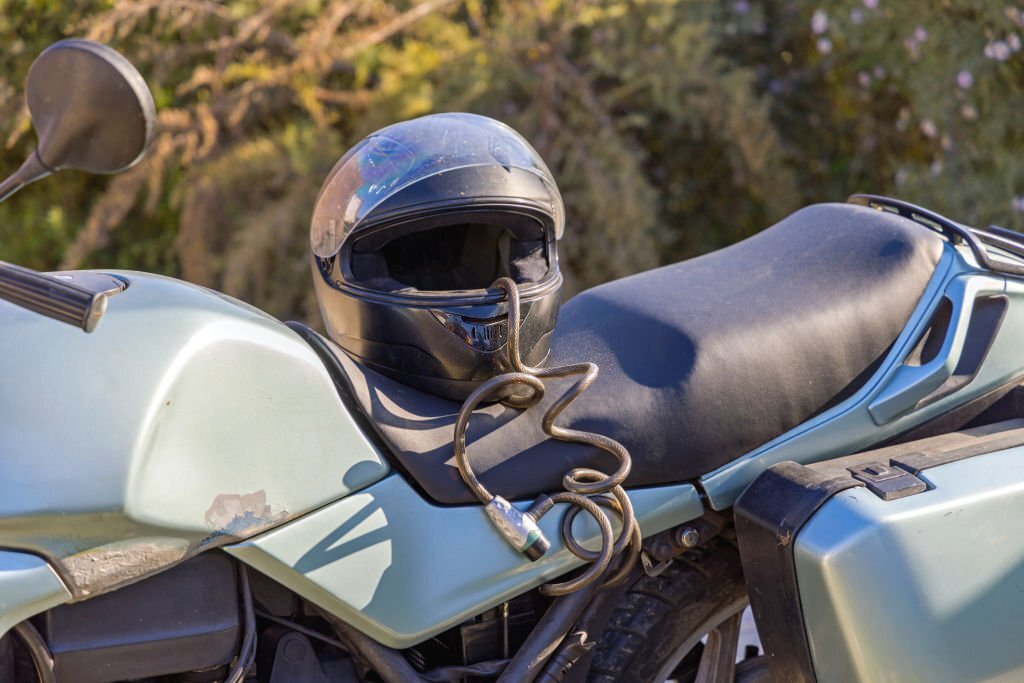The winter snow doesn’t have to be an obstacle when you have a snowmobile. Best of all, you don’t even have to stick to a designated trail when you’re out in the snow with no one around. But to protect yourself in case of an accident on ice, you need a helmet.
If you’re a keen biker, you probably already have a couple of helmets at home and may be tempted to use one of those. But can you use a dirt bike helmet for snowmobiling? What is the difference between motocross and snowmobile helmets, anyway?
We answer these questions in the guide below. So to have a safe snowmobile experience, read on, and get the facts.
What this article covers:
- Motocross Helmets vs Snowmobile Helmets: What’s The Difference?
- Can You Use Dirt Bike Helmets for Snowmobiles?
- Does That Mean That Dirt Bike Helmets Can Only Be Used For Off-Roading?
- What Helmet Should You Use For Snowmobiling?
Motocross Helmets vs Snowmobile Helmets: What’s The Difference?

Riders sometimes ask us if the different types of bike helmets are interchangeable. To answer that question, first consider this fact: Different helmet types exist for a good reason. Each has attributes specifically designed for the sport it is associated with.
Motocross helmets and snowmobile helmets both have the same job and the same basic structure. They keep your head protected in case of an accident on your ride. But the different riding conditions of snowmobiling and motocross have necessitated different helmet features.
Typical Motocross Full-Face Helmet Features
- Has a single-pane face shield
- May or may not have a breath box - usually, it doesn’t
- Has ventilation that is designed for airflow to keep you cool
Of course, not all motocross helmets are full-face styles. Motocross helmets are also available in a modular, flip-front style. The basic design is the same, although it allows the rider to flip the visor. Off-road and half-head styles are also sometimes used.
Typical Snowmobile Full-Face Helmet Features
- Has a double-pane face shield with an insulating layer to improve visibility and reduce fogging
- Has a breath box to prevent your exhaled breath from dampening the inside of your helmet
- Has ventilation that is designed for breathability and reduction of fogging
Snowmobile helmets are also available in a modular style. The same design features remain, but the shield can flip up. The helmet can then be worn with goggles.
This is essential, as snow and ice flying upwards could get in your eyes. If you are not wearing goggles or a helmet with a shield down, your visibility will be impaired.
Can You Use Dirt Bike Helmets for Snowmobiles?
No. While you technically could, we advise against it. Using a dirt-bike helmet instead of a proper snowmobile helmet puts you at great risk.
You use the right gear when you’re out on your ride. You wear protective gloves, your off-road motorbike boots, and of course your helmet. When you have the right gear on, you can set out with confidence.
It’s the same with snowmobiling. The unique features of a snowmobile helmet set it apart from a dirt bike helmet. And these are the very ones you need to ride confidently in harsh weather conditions.
What Can Go Wrong If You Do This?
If, for example, you use a helmet with a single-pane shield instead of the double-pane used in snowmobile helmets, it will fog up pretty quickly. This will impair your visibility and could contribute to an accident. As a dirt bike helmet will not generally have a breath box, you run the risk of further fogging up your shield.
A lack of visibility is a major contributor to biking accidents. And don’t fool yourself that you stand less chance of injury on snow. You are always at risk of serious injury if you operate any bike at speed without a helmet.
Does That Mean That Dirt Bike Helmets Can Only Be Used for Off-Roading?
Dirt bike helmets are designed for, as the name implies, offroading. So if you’re looking for the best budget dirt bike helmet for off-road enjoyment, we’ve got you covered.
But most dirt bike helmets are less aerodynamic and aren’t as comfortable to wear at higher speeds. Therefore, even if legal for street use, they are not ideal for high-speed street racing.
We have the best dirt bike helmet brands in NZ, and many of our dirt bike helmets are DOT-approved. You can trust us to supply you with all the gear, parts and know-how you’ll need for your ride.
What Helmet Should You Use For Snowmobiling?

Always use a helmet designed for snowmobiling, when riding your snow scooter. Snowmobile helmets are designed to withstand harsh weather conditions. While top-of-the-range snowmobile helmets can be pricey, they offer a host of benefits. Some models even have a built-in heating system.
Just as with motocross helmets, there are several snowmobile helmet styles available. And one that is becoming increasingly popular is the snocross helmet. But what is a snocross helmet, and is it worth the investment?
What Is a Snocross Helmet?
A snocross helmet is where a traditional dirt bike and full-face snowmobile helmet meet. It is specially designed to be used for both riding styles. If you like to go a bit wild and act like you’re off-roading on your snowmobile, this is the type of helmet you should choose.
While it is an unnecessary expense for most snowmobilers, it is the only safe alternative to a traditional snowmobile helmet. Snowmobile and motocross helmets are not interchangeable. If you enjoy both riding styles, get a snocross helmet and you’ll be safe at all times.

Conclusion
Helmets exist for a reason. They are designed to protect your head from serious injury in the event of an accident. Whether your ride is a dirt bike or a snow scooter, the most important thing is to get the right helmet. Never compromise on your safety. Contact us if you have any more helmet-related queries.
If you enjoyed this piece, consider checking out other blogs:
- Can You Add Bluetooth to a Motorcycle Helmet?
- Can You Listen to Music While on a Motorcycle?
- Can You Wear Glasses Under a Motorcycle Helmet
- Are Motorcycle Helmet Visors Universal
- Why Are Motorcycle Helmets So Big
- How Is a Motorcycle Helmet Supposed to Fit
- How to Put on a Motorcycle Helmet
- Are Expensive Motorcycle Helmets Worth It
- Are MIPS Bike Helmets Safer?
- Are Open-Face Motorcycle Helmets Safe
- What Are Modular Motorcycle Helmets
- Best Dual Sport Motorcycle Helmet
- Best Motorcycle Helmet for Cruisers
- Best Hot Weather Motorcycle Helmet
- Best Motorcycle Track Day Helmet







